Restructuring Waste Relations: Reimagining Post-Boeing Seattle Through Boeing Field’s Alter/Afterlife
mapping boeing ︎︎︎
︎︎︎ studio home
In the face of the climate and pollution crisis, innovative and community-rooted initiatives, such as those that create alternatives to fossil fuel-dependent infrastructures while building local and circular systems, are necessary to both address and adapt to emerging challenges. It is, therefore, critical that interventions benefit current community members and serve to anchor their position in the community. Envisioning novel community-rooted infrastructures has the potential to connect food, waste, energy, and transportation systems while also preventing displacement. Students tested and developed proposals for Boeing Field in Seattle that convert the site from burden to asset. Projects were grounded in existing movements within the Seattle region and beyond, including, but not limited to, Green New Deal, Regenerative Economies and Just Transition, Workforce Development (see DIRT Corps.), STEM Education and Training (DVSA), community science initiatives (DRCC, DVSA, ECOSS), artist collectives (Equinox Studios), among many others.
Students were encouraged to develop programmatic relationships that are mutually beneficial and have the potential to exchange and/or use waste materials internally within their own projects and externally by sourcing waste materials from nearby sites, industries, companies, etc. They were also encouraged to design for reuse by developing a strategy for how the concept and component parts can be reused and re-adapted to different contexts. They were encouraged to develop projects that are relatively low-cost and low-maintenance (which is different from “cheap,” in other words, sourcing leftover materials and elevating them in creative ways).
To meet these objectives, projects explore multiple time and spatial scales, and how they might catalyze long-term change and community wealth building to support environmental and social justice. Students were asked to think in terms of both site and network, and to look beyond site boundaries to develop stronger connectivity to neighboring sites and infrastructures in their designs.
Public Stomach / Chris Copeland
![]()
![]()
![]()
![]()
![]()
![]()
![]()
![]()








Community Canvas / Chanel Chang
![]()
![]()
![]()
![]()
![]()
![]()
![]()
![]()
![]()
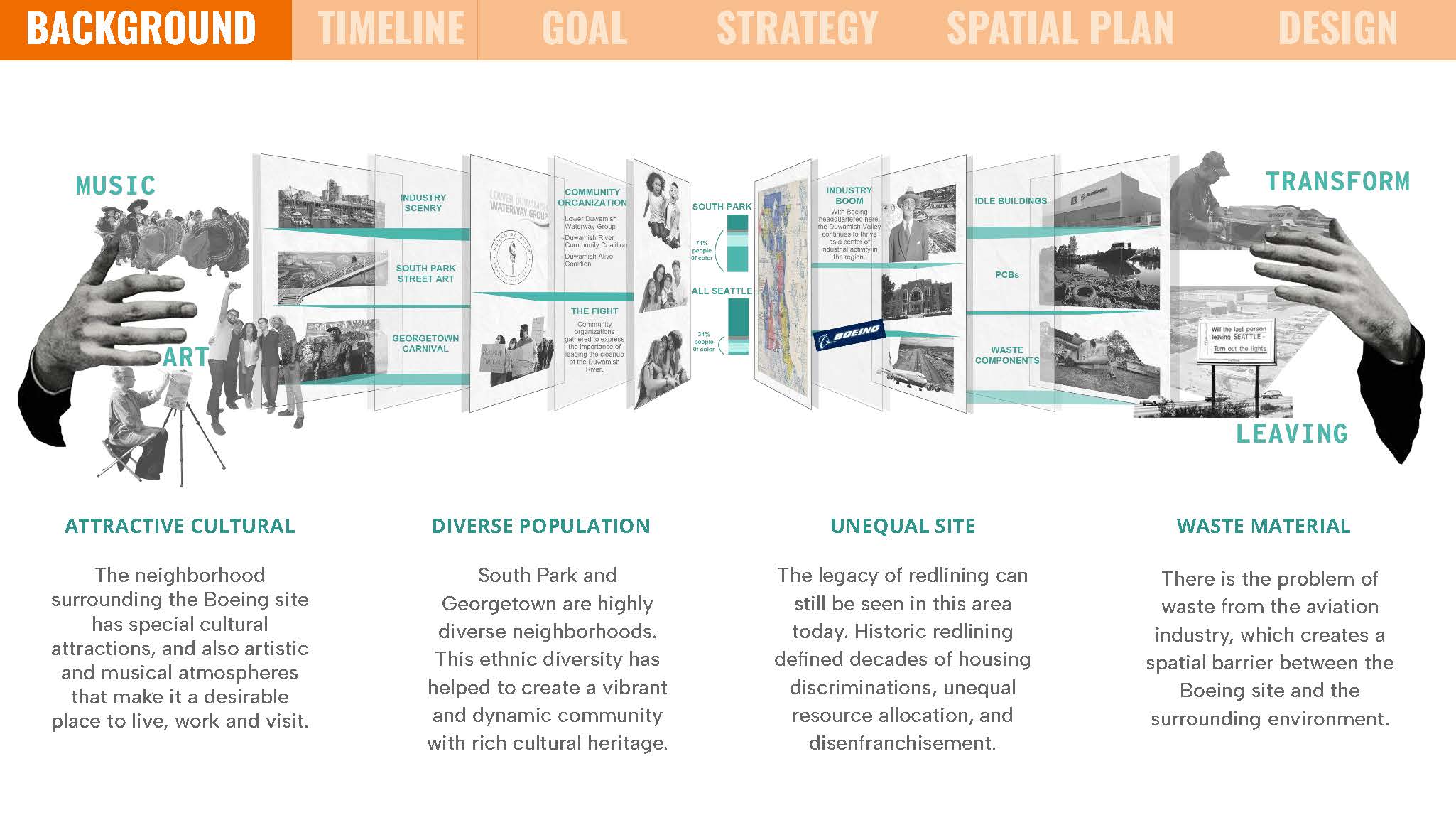




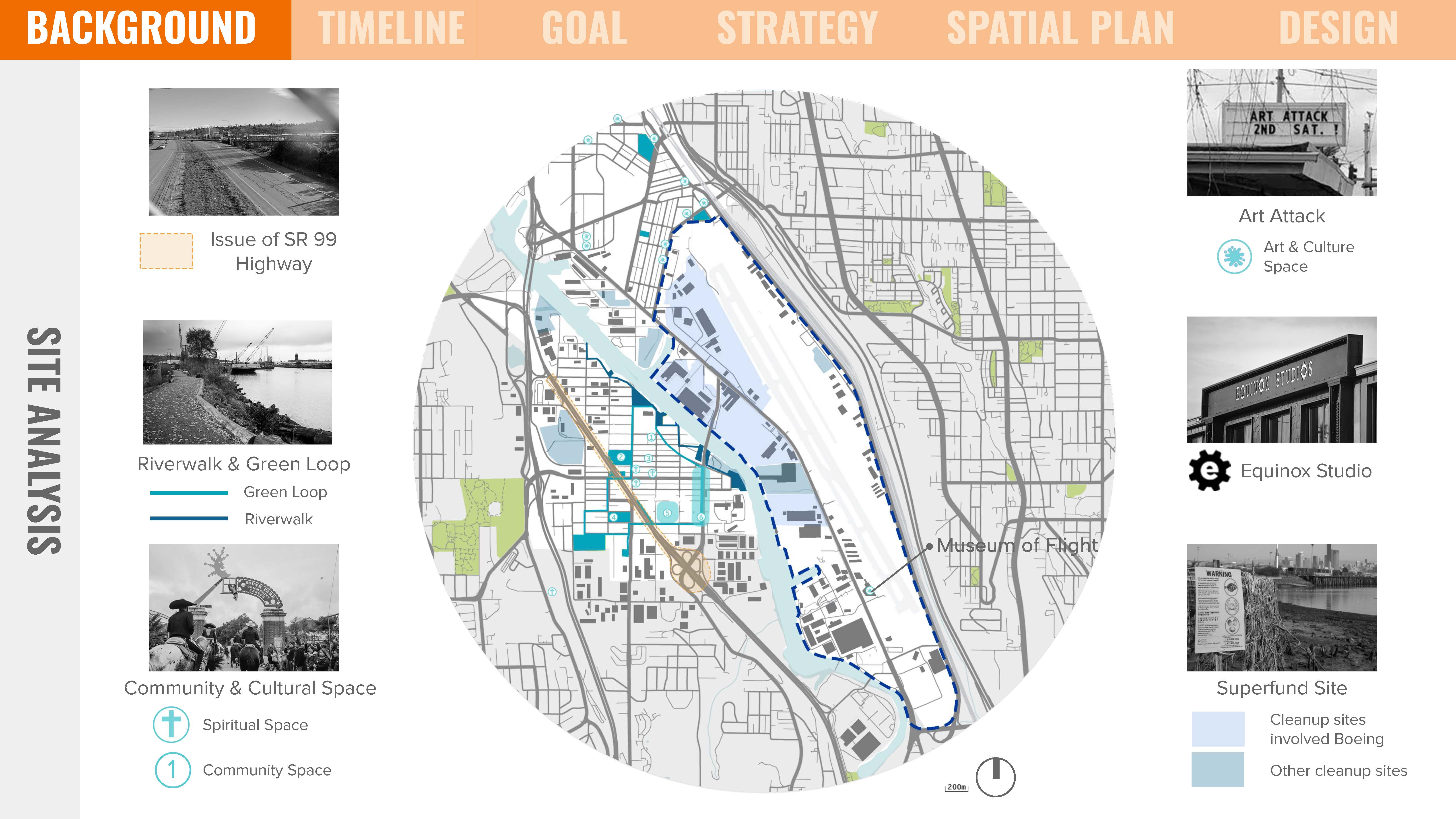
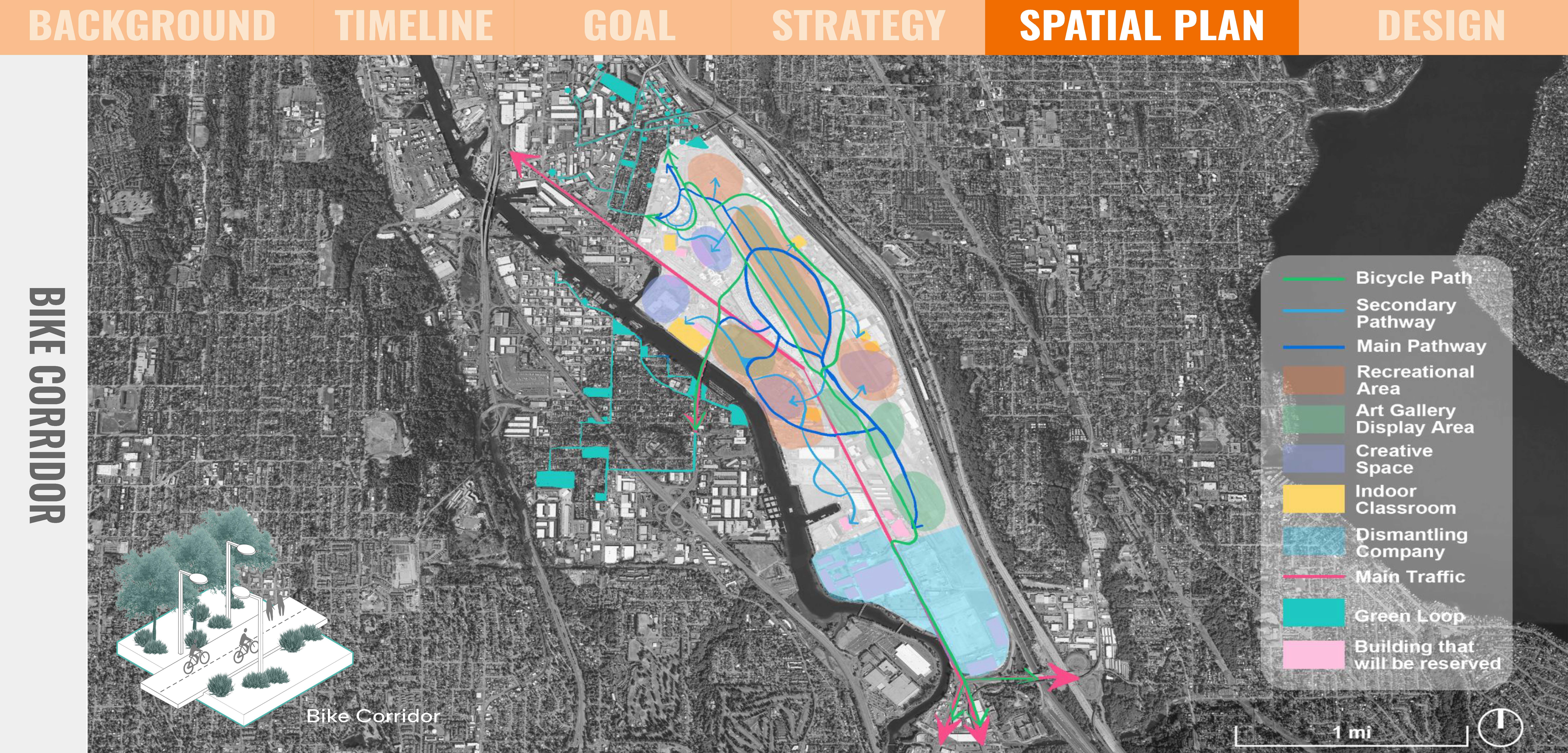

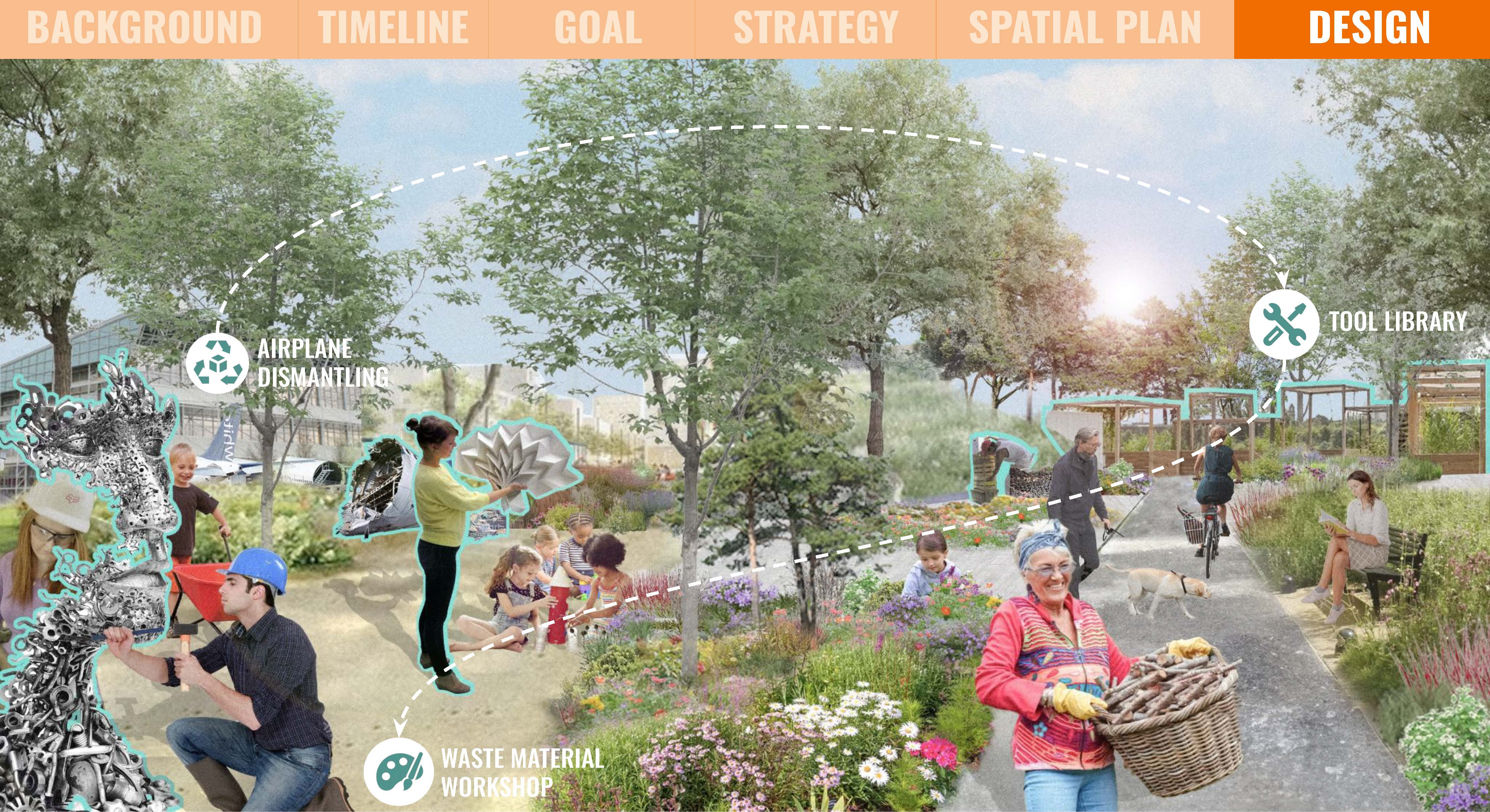
Bowing the River / Camille Forest and Joe Minsky
![]()
![]()
![]()
![]()
![]()
![]()
![]()
![]()
![]()
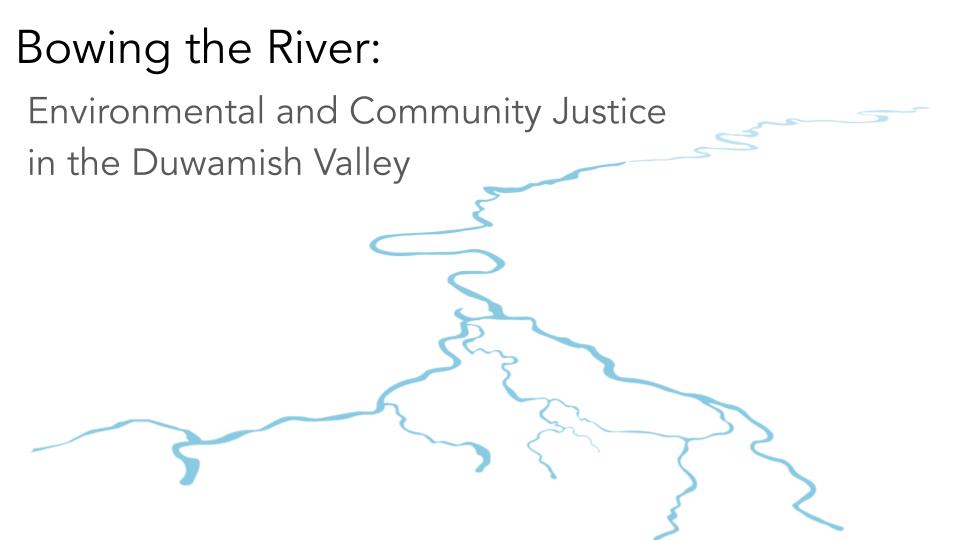
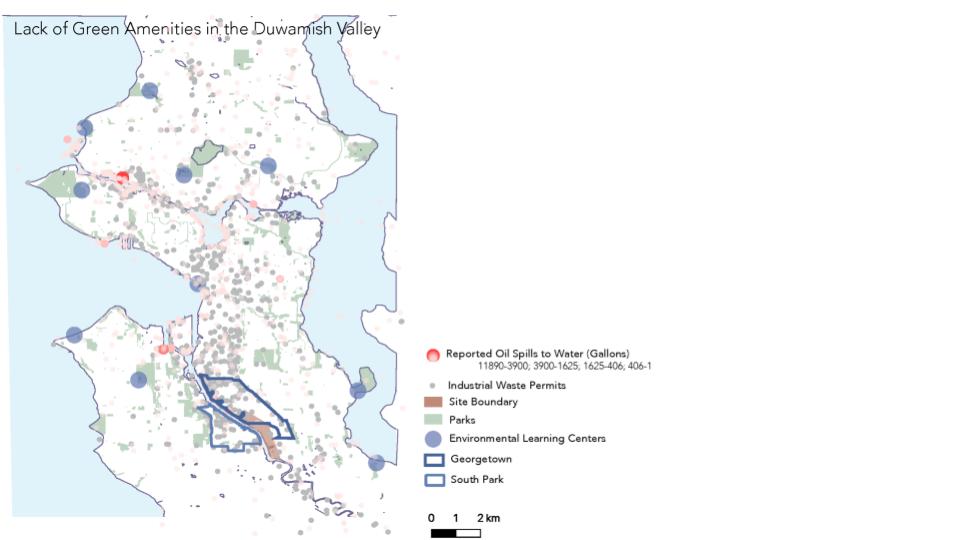







Restoring Duwamish Tribal Sovereignty / Jingyao Wu
![]()
![]()
![]()
![]()
![]()
![]()
![]()
![]()








Reviving the River / Grace Brennan
![]()
![]()
![]()
![]()
![]()
![]()
![]()
![]()
![]()
![]()
![]()











Slow Material Futures / Sarah Chu
![]()
![]()
![]()
![]()
![]()
![]()
![]()
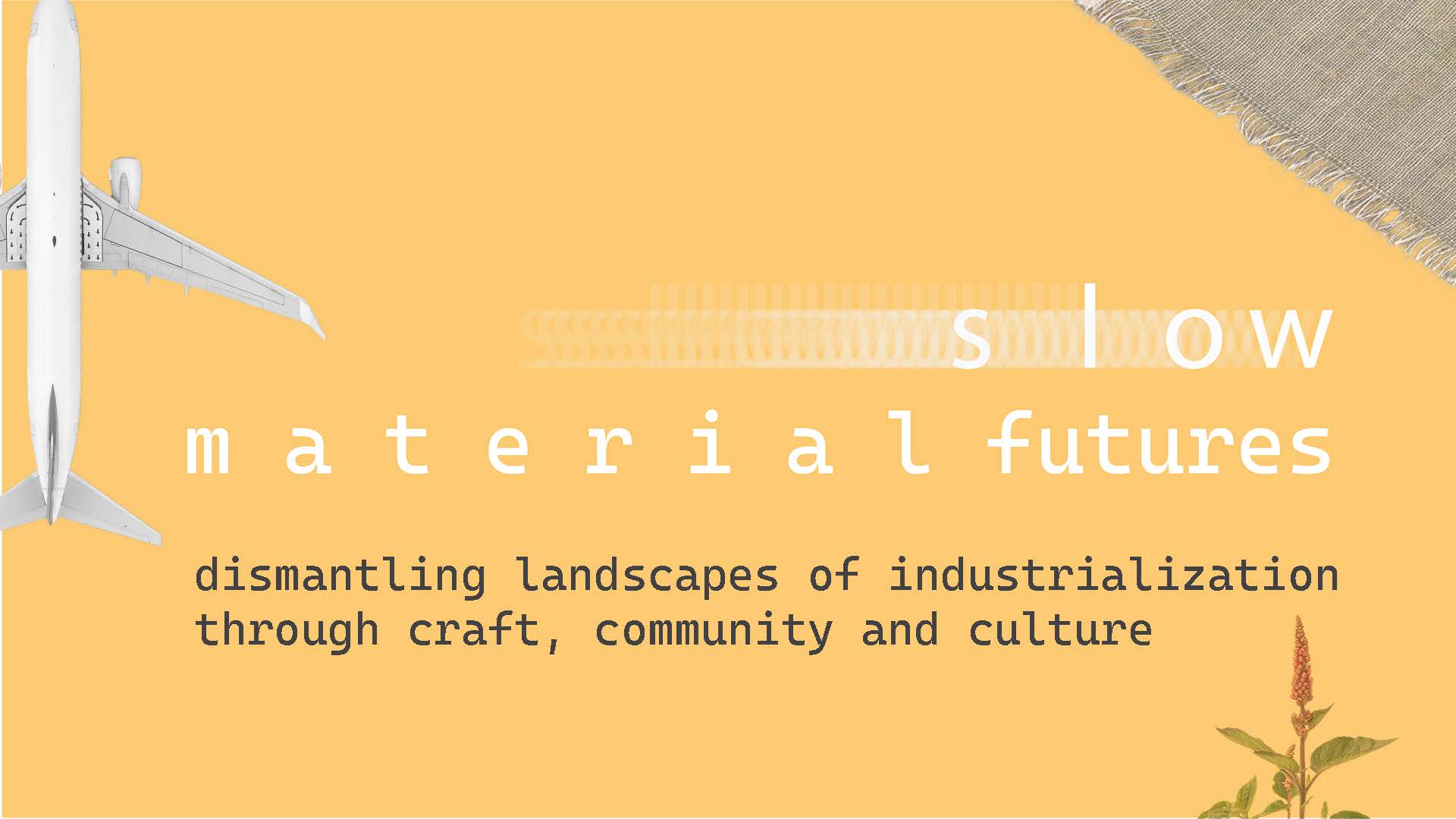


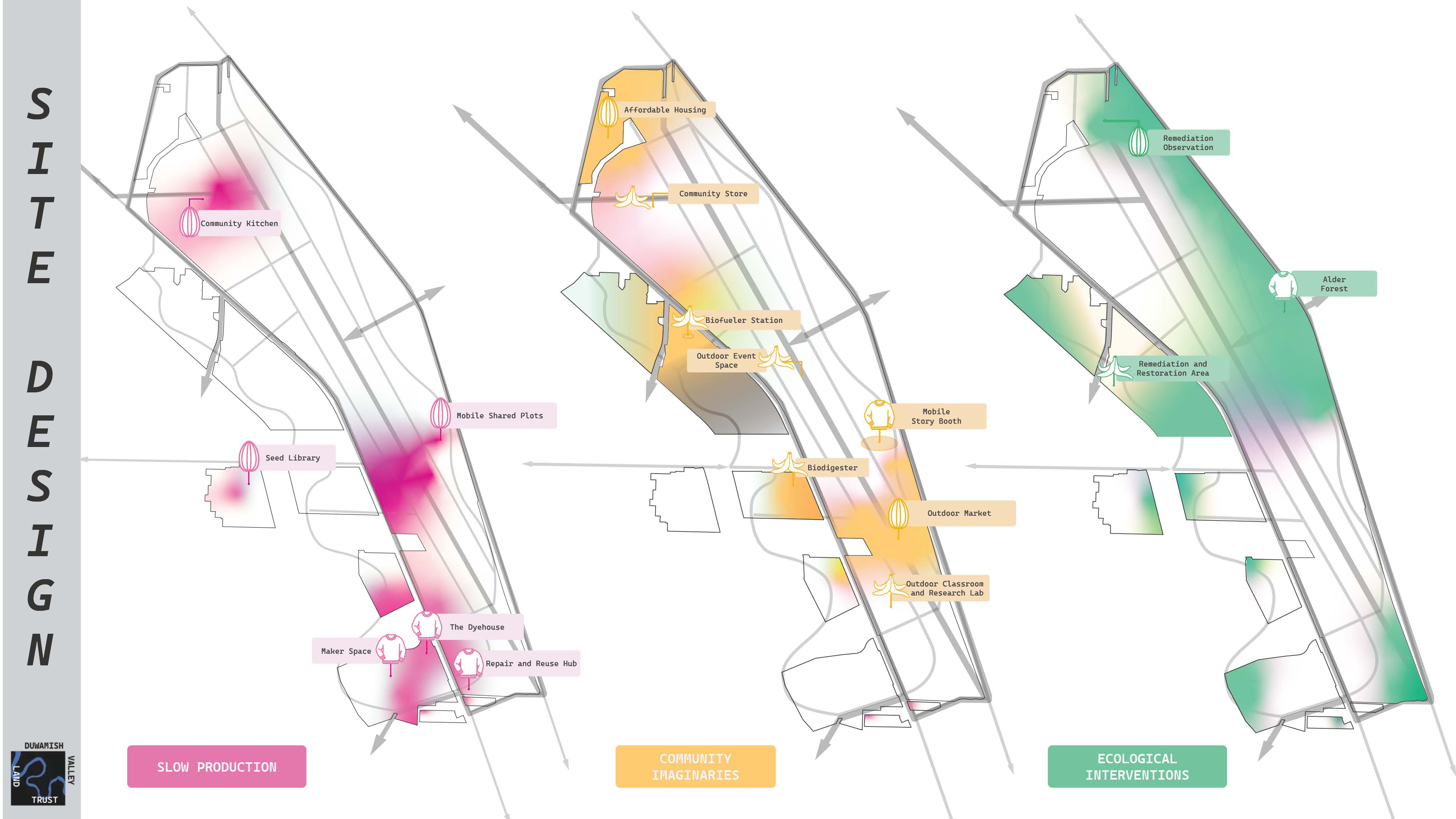



Hydro + Power Airport / Peiyao Xiao
![]()
![]()
![]()
![]()
![]()
![]()
![]()
![]()
![]()
![]()
![]()
![]()












